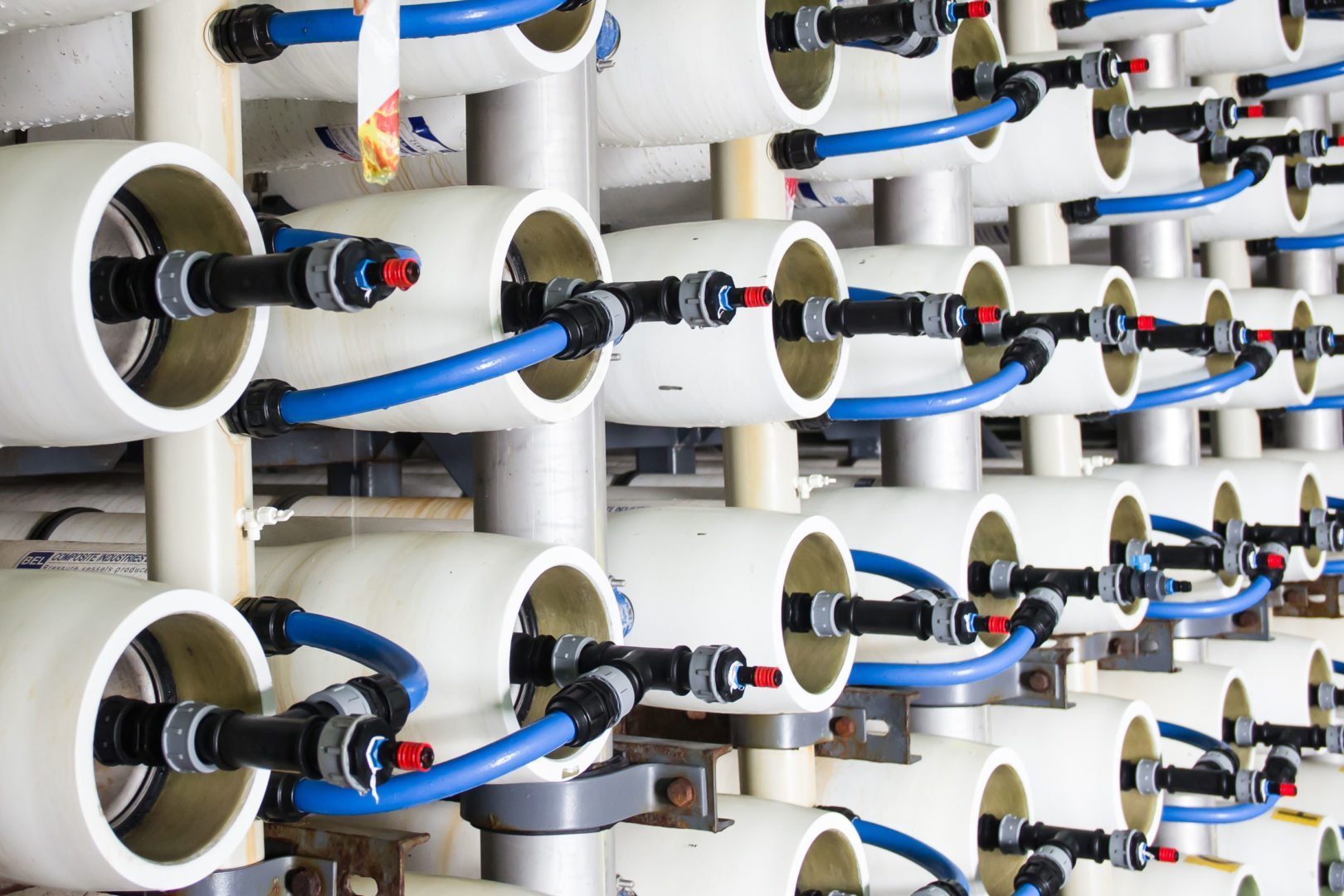

Energy transition is increasingly becoming a reality for many countries in the Middle East, and the commercial and technological trends now reshaping the power generation market in the region provide insights into what the segment will look like in the future.
Substantial strides are being taken to make renewable energy more commercially relevant. At the same time, technological advances in energy storage capable of overcoming the erratic nature of green energy sources are increasingly driving renewables towards mainstream acceptance.
However, while there is a great emphasis on energy transition, there is still relatively little discussion about the need for ‘water transition’.
One factor that often seems at odds with the installation of more renewable energy – and, in particular, photovoltaic (PV) – systems in the GCC, is the objective complexity of energy storage, and of harmonising energy production with the demand profile, the water generation requirements, and the issues related to stabilising grid operations.
Conventional challenge
Thermal plants have now been reliably providing water to GCC communities for decades, but the extremely high energy consumption of both running the main process pumps and inputting heat for the distillation process is no longer acceptable under the sustainability targets set out in recent government strategy.
Furthermore, poor alignment between seasonal and daily power demand is set to be exacerbated by the existing thermal fleet as a consequence of the energy transition.
In this respect, it is possible to take advantage of the modularity and flexibility of the seawater reverse osmosis (SWRO) technology to produce more water, and consequently absorb more energy, during the off-peak period. In the same manner, it is possible to reduce capacity in the network’s peak demand period.
Therefore, in the not-too-distant future, the design of SWRO systems should be tailored in order to take advantage of this inherent flexibility and modularity, increase production when grid demand is low and reduce it when grid demand is high, as schematically indicated in the diagram below.

In the quest for sustainable and abundant water generation, SWRO technology can be viewed as a process cycle that is capable of converting electric power into chemical energy – an indirect energy storage device where the chemical energy stored is potable water.
Bridging the gap
So, could we potentially go from the baseload generation typical of thermal cogeneration to a flexible water generation pattern that considers the availability of surplus renewable energy from the grid? The limitations in water storage capacity currently prevent
this opportunity from being fully achieved.
However, judicious use of SWRO technology could contribute to significant energy savings and peak-load reduction, as well as to the stability of the grid operation where a large PV capacity is installed.
In the future, it may be possible to design integrated SWRO systems that can produce more water when it is convenient, generating a demand that can be used to harvest energy from a renewable source such as PV when there is extra energy availability from renewable sources, as schematically indicated below.

With these types of production patterns, potable water could be generated sustainably without increasing greenhouse gas emissions from renewable energy. However, capacity in both the production and the storage system will need to be structured in order to successfully enable this opportunistic production pattern.
While the gradual disengagement of the water sector from the thermal power sector is taking place in the GCC at the generation stage, there is an increased possibility of synergies between the two sectors in the management of the power and water dispatch.
From theory to practice
While new technologies are well on the way to decreasing the energy intensity of desalination technology and the overall environmental impact, advances in SWRO technology also allow the specific energy consumption of desalination to be tackled.
Today, it is rare for Gulf SWRO projects to have guaranteed specific energy consumption higher than 4 kilowatt hours per cubic metre (kWh/cm), and – with continuous energy recovery, pre-treatment and membrane development – it is likely that the 3kWh/cm threshold will soon be challenged.
Extensive pilot tests carried out in Abu Dhabi’s Ghantoot area have already proven that it is possible to desalinate drinking water in a cost effective manner while using renewable energy sources. They also demonstrated the technical feasiblity of using off-grid reverse osmosis technology to secure a water supply in remote areas, without depending on natural gas for the production of water.
Such successes pave the way for an improved parity between renewable energy and sustainable water generation in the decades to come.
About the author
 Corrado Sommariva is managing director for generation in the Middle East, main group director for ILF Consulting Engineers, and author of the book Sustainability: A Way to Abundance
Corrado Sommariva is managing director for generation in the Middle East, main group director for ILF Consulting Engineers, and author of the book Sustainability: A Way to Abundance
This month's Agenda in features
- Policy reforms needed to achieve Gulf water security: Ensuring a reliable supply will be one of the most important challenges facing Gulf countries in the years ahead
- Conflicting interests spark water disputes: Regional governments must take steps to avoid the spiralling energy and water infrastructure shortfall seen in Iraq and Jordan
- Infographic: The water equation
| This article has been unlocked to allow non-subscribers to sample MEED’s content. MEED provides exclusive news, data and analysis on the Middle East every day. For access to MEED’s Middle East business intelligence, subscribe here |
You might also like...

Qiddiya evaluates multipurpose stadium bids
26 April 2024

Al Ula seeks equestrian village interest
26 April 2024

Morocco seeks firms for 400MW wind schemes
26 April 2024

Countries sign Iraq to Europe road agreement
26 April 2024
A MEED Subscription...
Subscribe or upgrade your current MEED.com package to support your strategic planning with the MENA region’s best source of business information. Proceed to our online shop below to find out more about the features in each package.




